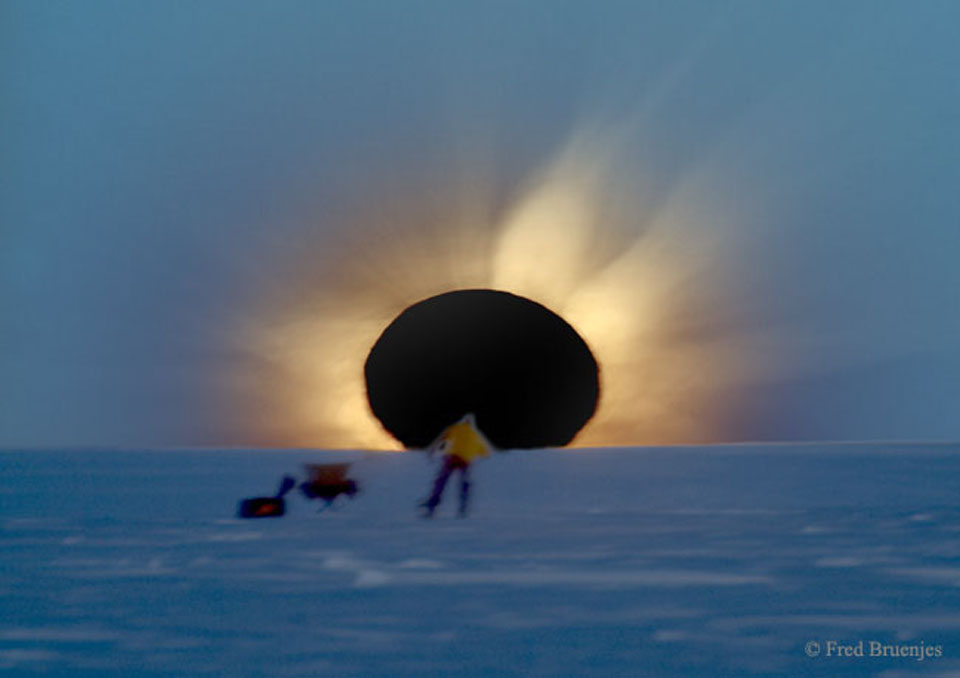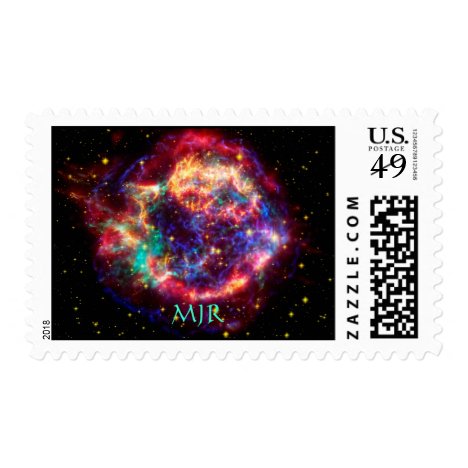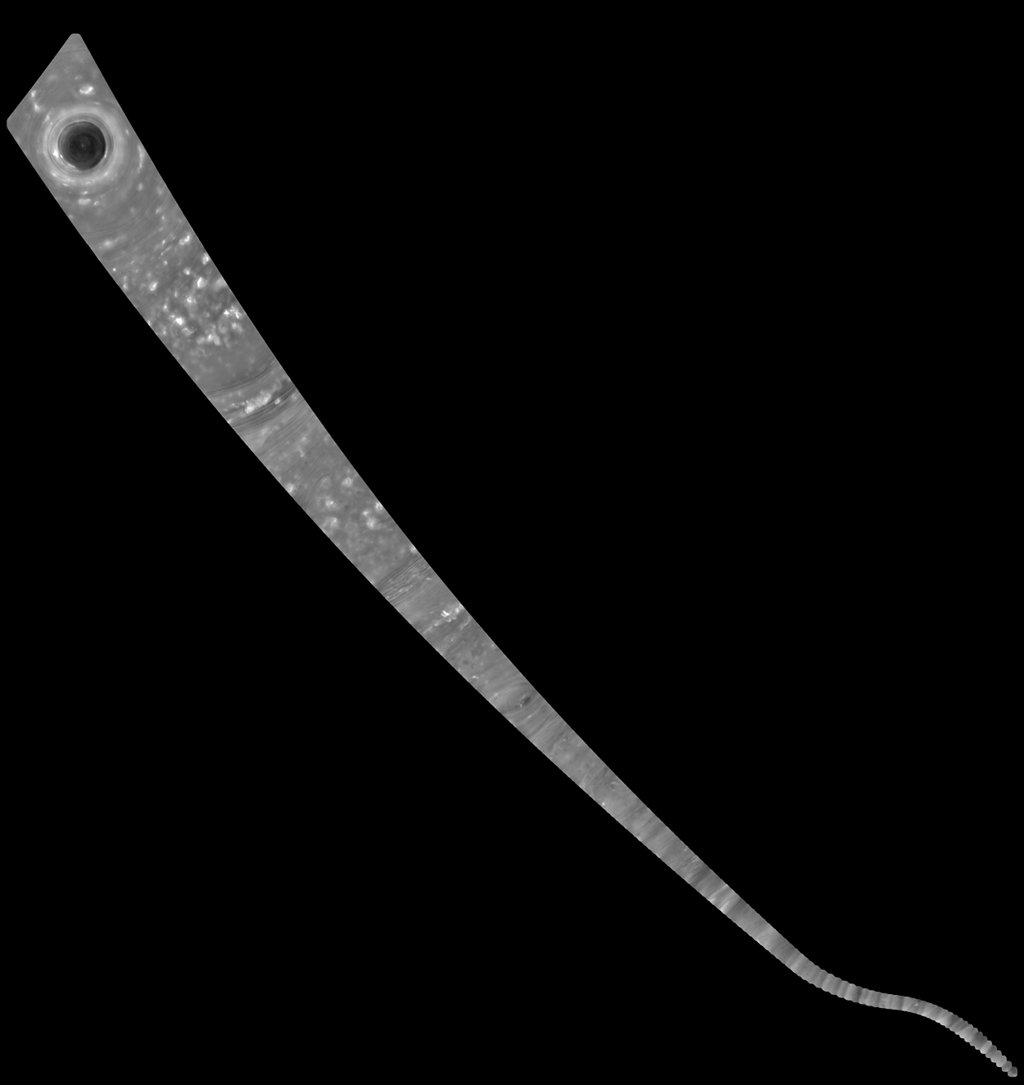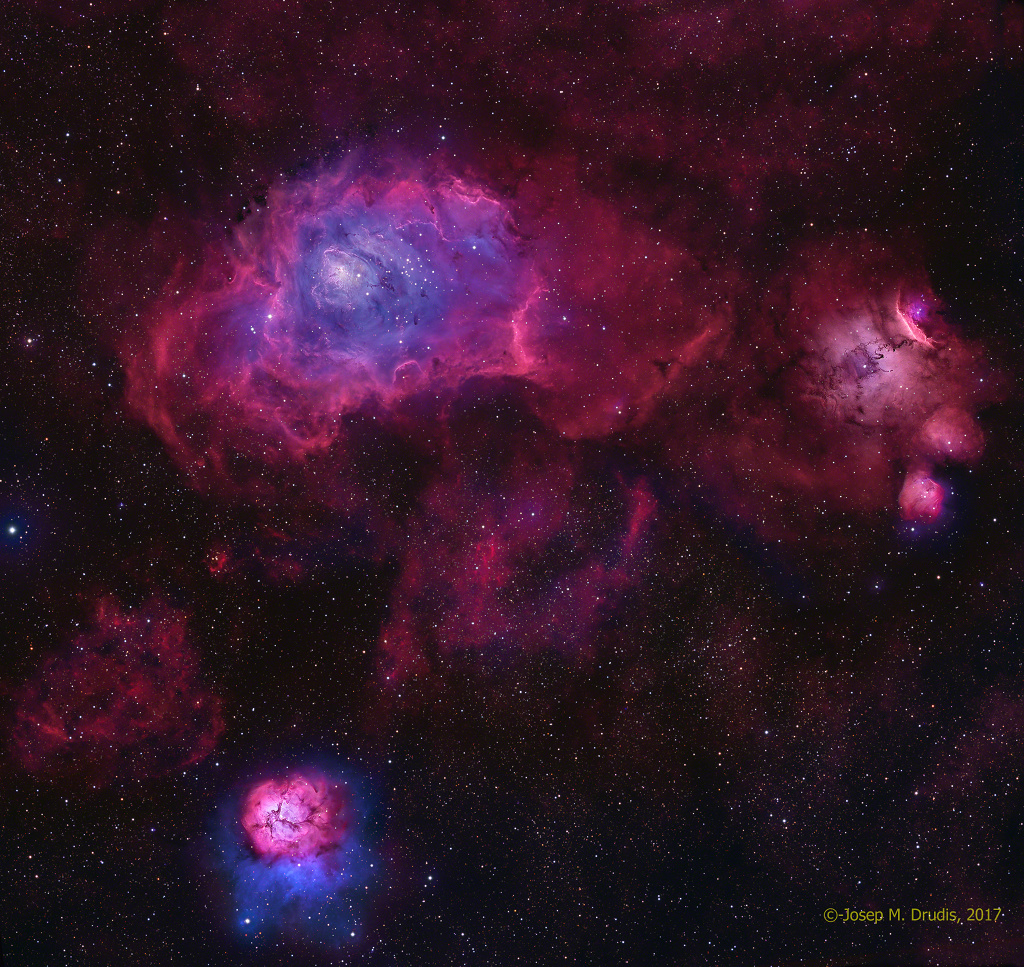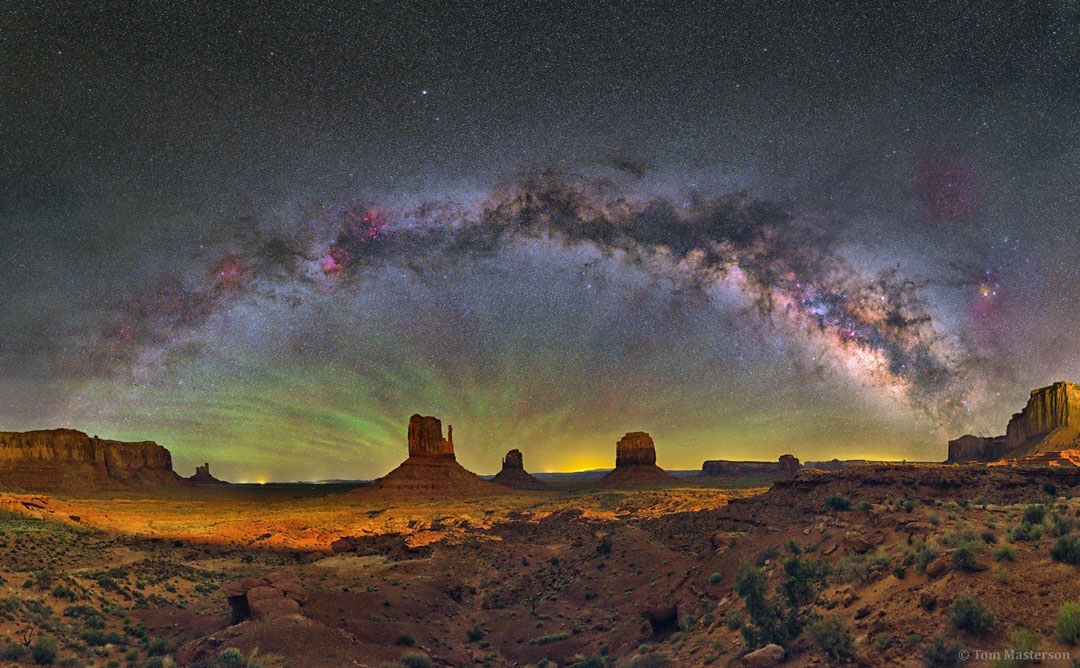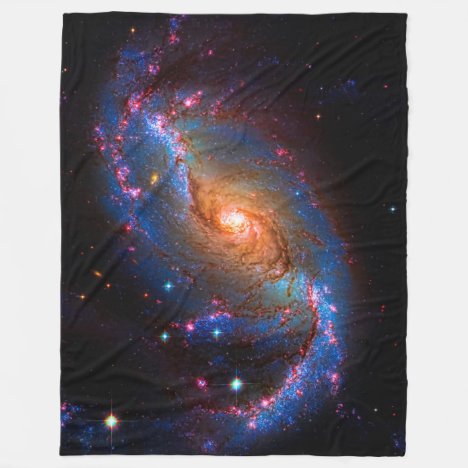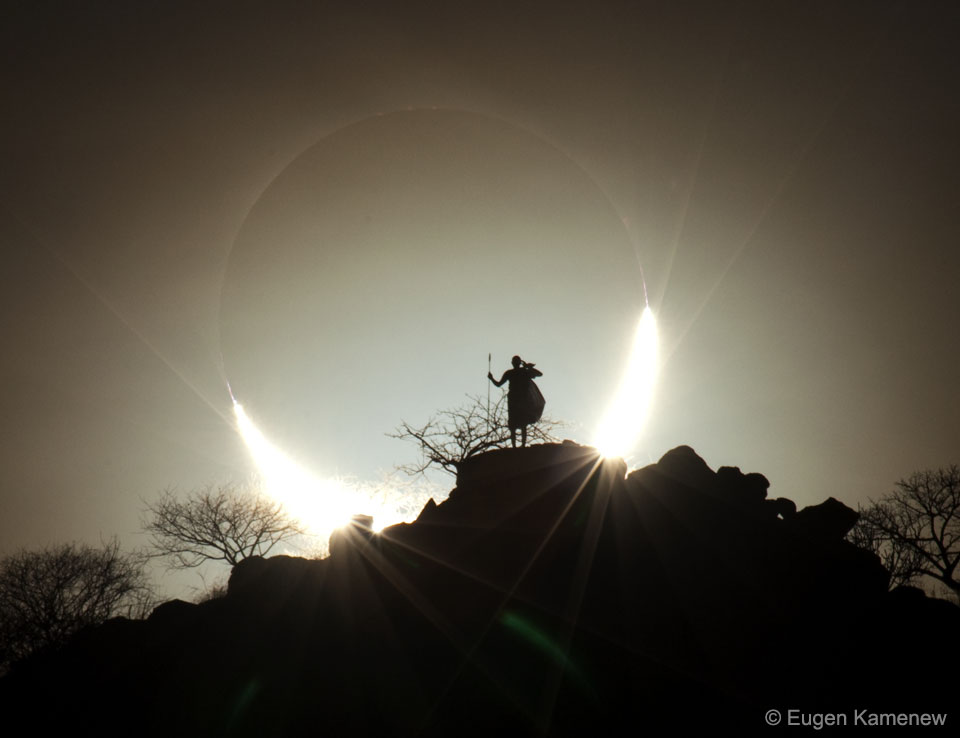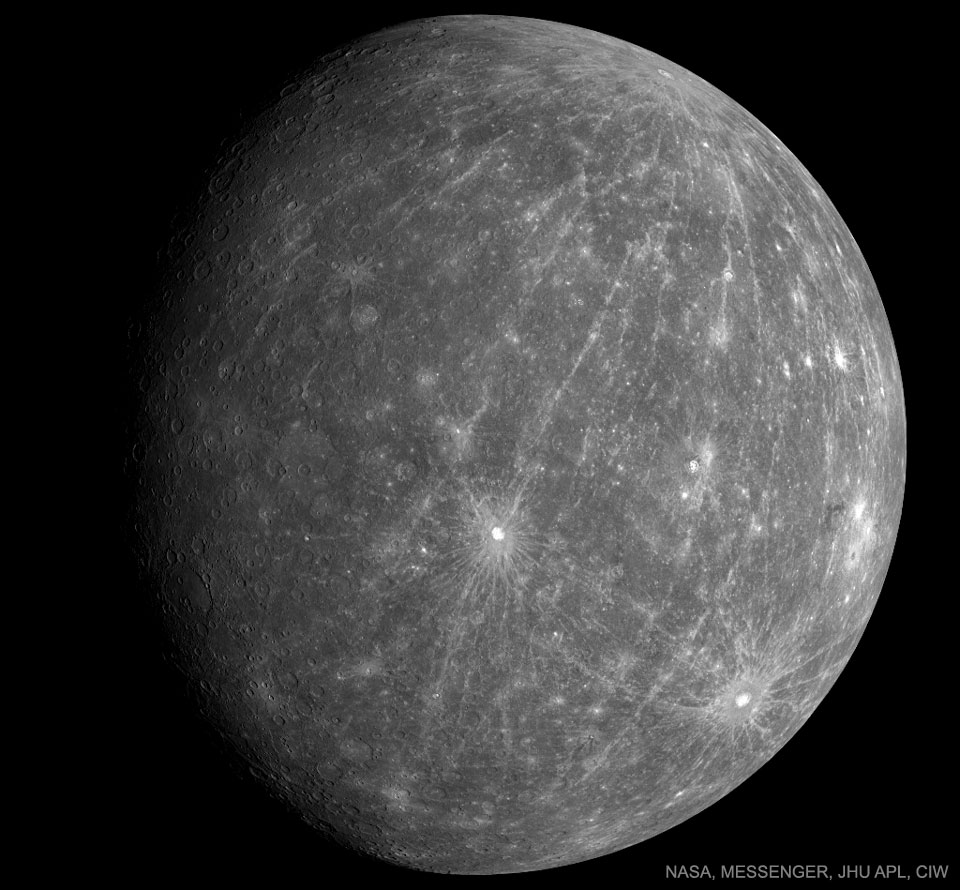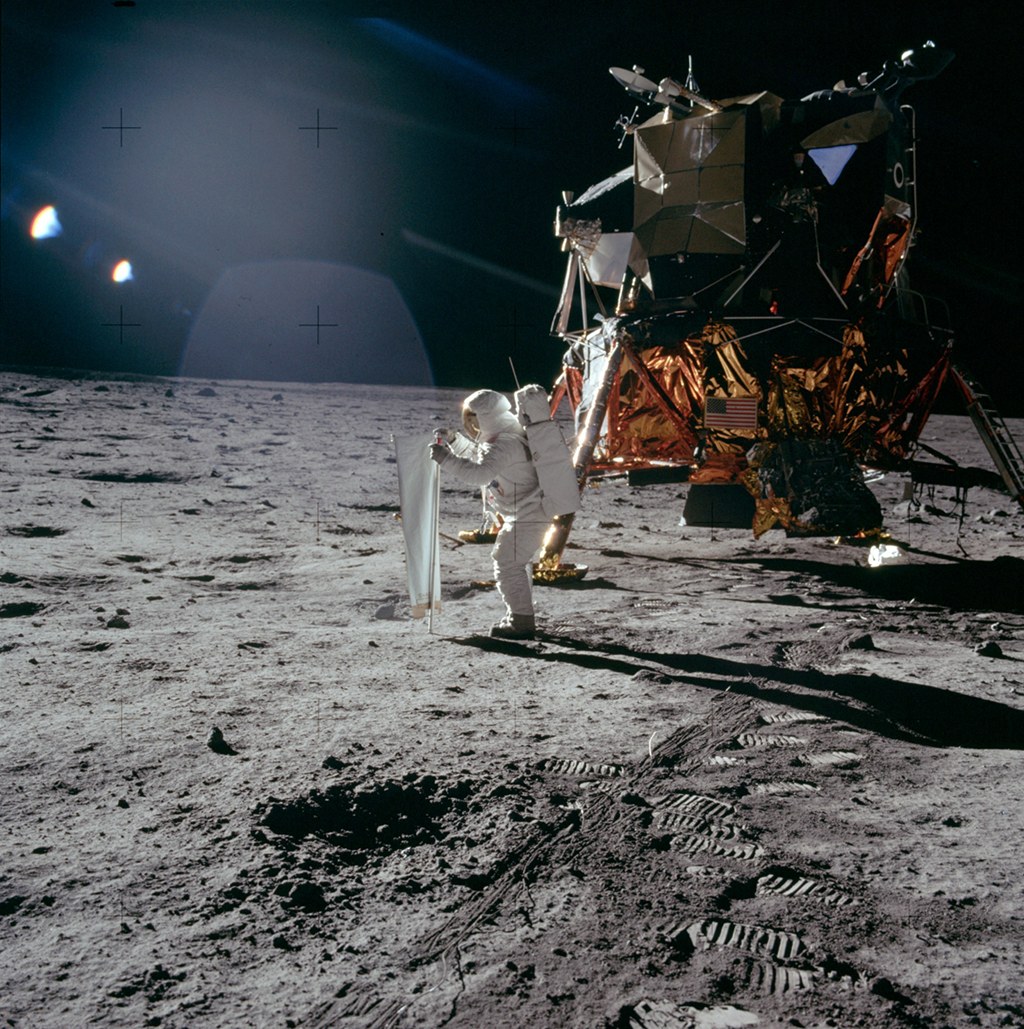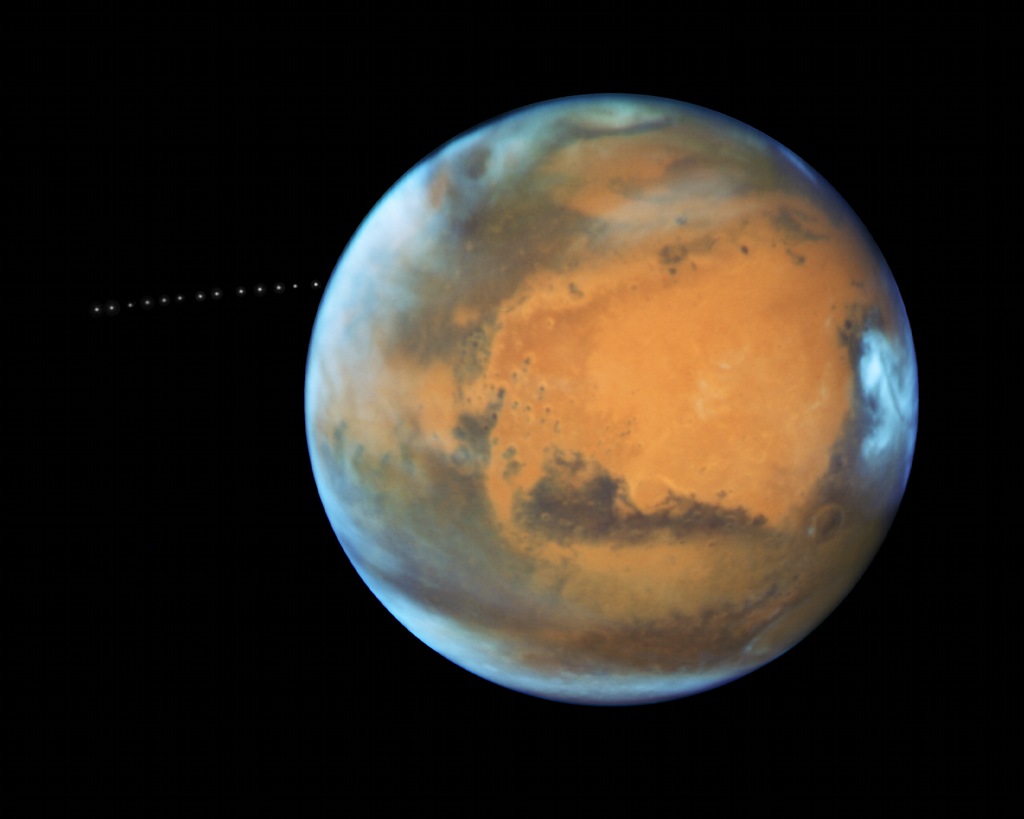more »
Graphenea’s suspended CVD graphene will be used in weightless conditions for testing the possibility of designing a light sail. Light sails are propulsion systems that utilize the pressure of light to move an object through space. Graphenea speaks to Santiago Cartamil-Bueno, leader of GrapheneX, the team of PhD students that will perform the experiment in weightless conditions in the ZARM Drop Tower at Bremen, Germany. The experiment is supported by the ESA Education’s Drop Your Thesis program.
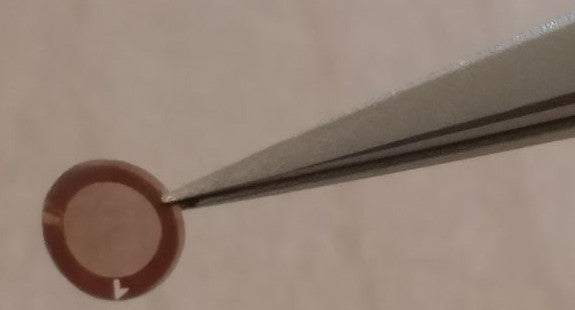
Photograph of the graphene light sail to be used in the experiment
Q: How did the idea of using graphene for a light sail come about? How did you find out about the ESA Education’s Drop Your Thesis program that allows you to put your idea to practice?
A: The idea of graphene light sails arose when I considered participating in one of ESA Education’s programs for the second time. A couple of years ago, I wanted to participate in the Fly your Thesis program, where teams make measurements in milli-gravity inside a plane that performs parabolic flights. I thought that we could detect gravitational waves by measuring the space-time tensioning of a suspended graphene membrane from Graphenea: when the “drum” is facing a black hole, its resonance frequency should be higher than when it is not facing one, and this could be arranged with the plane descending towards the right direction. Unfortunately, this idea was practically unfeasible… Very soon after that gravitational waves were detected with LIGO!
One year later, I was hiking in the Salkantay mountains (Peru), and it was the first time I saw the Milky Way shining in all its majesty. Then, I remembered my child dream of becoming an astronaut and realized that my curiosity for space was never fulfilled… and it would be hard to satiate it from my nanoscience career. Once back to The Netherlands, I found out that I missed the deadline for the parabolic program, so I checked the other ones. I thought that the Drop your Thesis program had some potential, and after discussions with colleagues we found what we could drop and study: I had read of some people willing to make a huge light sail and push it with powerful lasers to bring it to Alpha Centauri (Breakthrough Initiatives), and we had some graphene samples that could do the job. Since technically the graphene will be propelled vertically like a rocket, we thought to call our team after Elon Musk’s company, SpaceX. That’s how GrapheneX was born!
Q: Are there already real existing light sails put to practice in space? What would be the advantages of using graphene for this application?
A: Light sails were proposed in the 50’s as the most promising route for interstellar travel. In the last 25 years prototypes were made and tested on Earth, but in-space projects that aim to use light sails as an important thrust component were realized only in the last decade. The most outstanding successful story was the acceleration of IKAROS spacecraft from JAXA (Japan Aerospace Exploration Agency) in 2010 before arriving to Venus.
The most important characteristics of a light sail are its weight, area, and the optical and mechanical properties. The radiation pressure from photons is very weak and the sail must have a very large area to collect as much light as possible. Then, the sailing effect will be stronger if the sail has a small mass (and hence thinner sails are better). Moreover, the light force relies on preventing the photons from going through the sail (or it would be like a wind sail with holes!). And the most challenging part of a light sail shuttle is the sail deployment once in space, so the sail material has to be strong and robust. Graphene has all these properties, while being only one atom thick!
Q: When will the experiment take place and how long will it last? Given that the ZARM tower is a shared user facility, will you have the chance to make changes and correct any deficiencies in the experiment during your allocated time slot, or will you have to make everything perfect at the onset?
A: GrapheneX’s campaign will take place from 6th to 17th of November 2017. During the first week, we will integrate the setup in ZARM tower’s capsule and perform the final tests and automatization. Then the real experiments will take place during the second week: the capsule with the graphene sails will be launched once per day, therefore having five attempts to measure their movement. Each launch lasts only about 10 seconds, although if we count the preparations and post-experiment checks, it requires several hours of intense efforts from the team and ZARM personnel. We have to use the remaining time of a day to evaluate the status of the setup and sails, and analyze the measured data to decide if the experiment succeeded and how to continue. We really hope for the best, but I am also confident that we can overcome the difficulties in the other attempts if a disaster happens in the first launch. Stay tuned and support us through our social accounts!
Q: What kind of data do you expect to gain from the experiment? Do you expect to get a clear yes/no answer to the question of using graphene for light sails?
A: At the end of the day, this is just a (serious) student project, and the first of a kind. If everything goes well, we could determine the physical mechanism behind the light-induced displacement as previous studies report other phenomena that happen in graphene beside the radiation pressure. Moreover, a successful experiment will show us how the graphene sail moves and how much it moved, so we could extrapolate the results to longer propulsion times and suggest the suitability of graphene for a real sail project such as the one from Breakthrough Initiatives.
Using this material for light sails will in the end depend on the overall performance of a shuttle and its interaction with other sail components, so mainly our goal is to pave the way for more research experiments and to raise interest in graphene for space applications, rather than settling for good the use of graphene as a light sail.
We aim for the best results after having a robust plan and partnering with the best material and component providers in Europe. However, being the first ones to do such an ambitious and challenging experiment means that we have no reference of a previous success and failure is a possible scenario. But we are not afraid of that at all! Being able to perform the experiment will be a success on its own as the setup and experimental procedure can be reused for more experiments on graphene and other 2D materials, and it would be a matter of being perseverant until good data and answers come.
Q: What sorts of technical challenges does your team have to solve before the drop experiment takes place?
A: Every single piece of the experiment is an overwhelming challenge! The setup had to be designed from scratch to allow the electrical release of two graphene light sails in parallel inside a vacuum chamber while shining a powerful laser at the right moment, and we have to record a 2mm displacement in 10 seconds with a consumer camera. Having a (high) vacuum environment is required to prevent the sail from moving due to air convection and photophoresis (and also to avoid setting the sails on fire!). The release mechanism had to be engineered to keep the sails floating in vacuum at the right moment without causing extra unwanted forces during their release. The chamber had to accommodate vacuum-compatible accesses for the optical components that must be aligned with millimetric precision. Also, we had to raise sufficient funds to be able to purchase all these components and the three laser units for the high scientific quality we seek. All of this is just the work before the experiment! Once all the components arrive, we will assemble them and possibly will have to make changes after the first tests. This is a real time trial!
Q: You’re collaborating with Graphenea on graphene mechanical pixels, which are part of GIMOD (Graphene Interferometric MOdular Display), a product you are trying to take to the market. Overall you are a rare kind of PhD student that seems to constantly try to weigh their research against real world and market needs. Do you have any word of advice for other practically-oriented science PhD students?
A: I am a crazy guy indeed, but not that rare when it comes to being curious and passionate about the research one does. Not everyone is attracted or motivated to look for applications of fundamental findings from the lab, and that is good and necessary for scientific progress of the modern society. However, more researchers should feel stressed like me by the challenges of our time and that is why I cannot sit here only satisfying my curiosity.
Finding applications is relatively easy if you understand a real existing societal problem, although implementing them requires an engineering attitude that not many have the patience for. Also, one has to believe in what one does and how one does it, and that typically comes with a lot of intuition and determination gained from life experiences outside the lab or university.
If I could influence other students, I would encourage them to be bold and be owners of their own future – a future shared with other people in a challenged world. To dream and act. No one has the recipe to success, if such a thing exists, and there are no excuses to avoid trying and failing in life. Never postpone life experiences: travel, learn and surround yourself with people willing to cooperate and improve things; the rest is just about having fun!
via Graphenea
